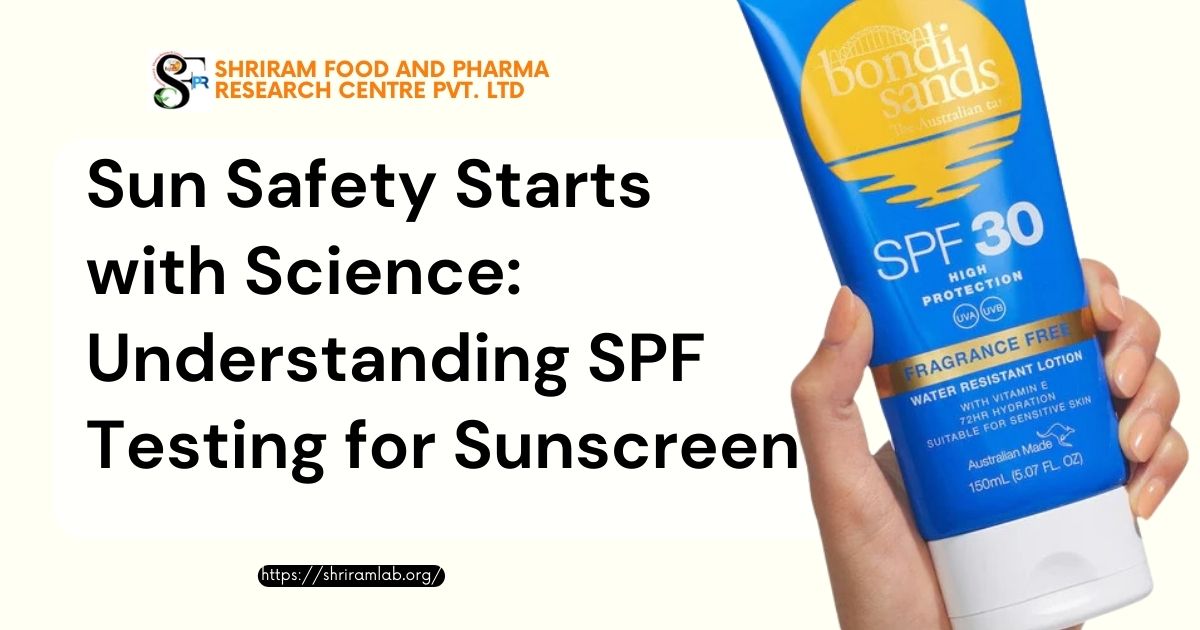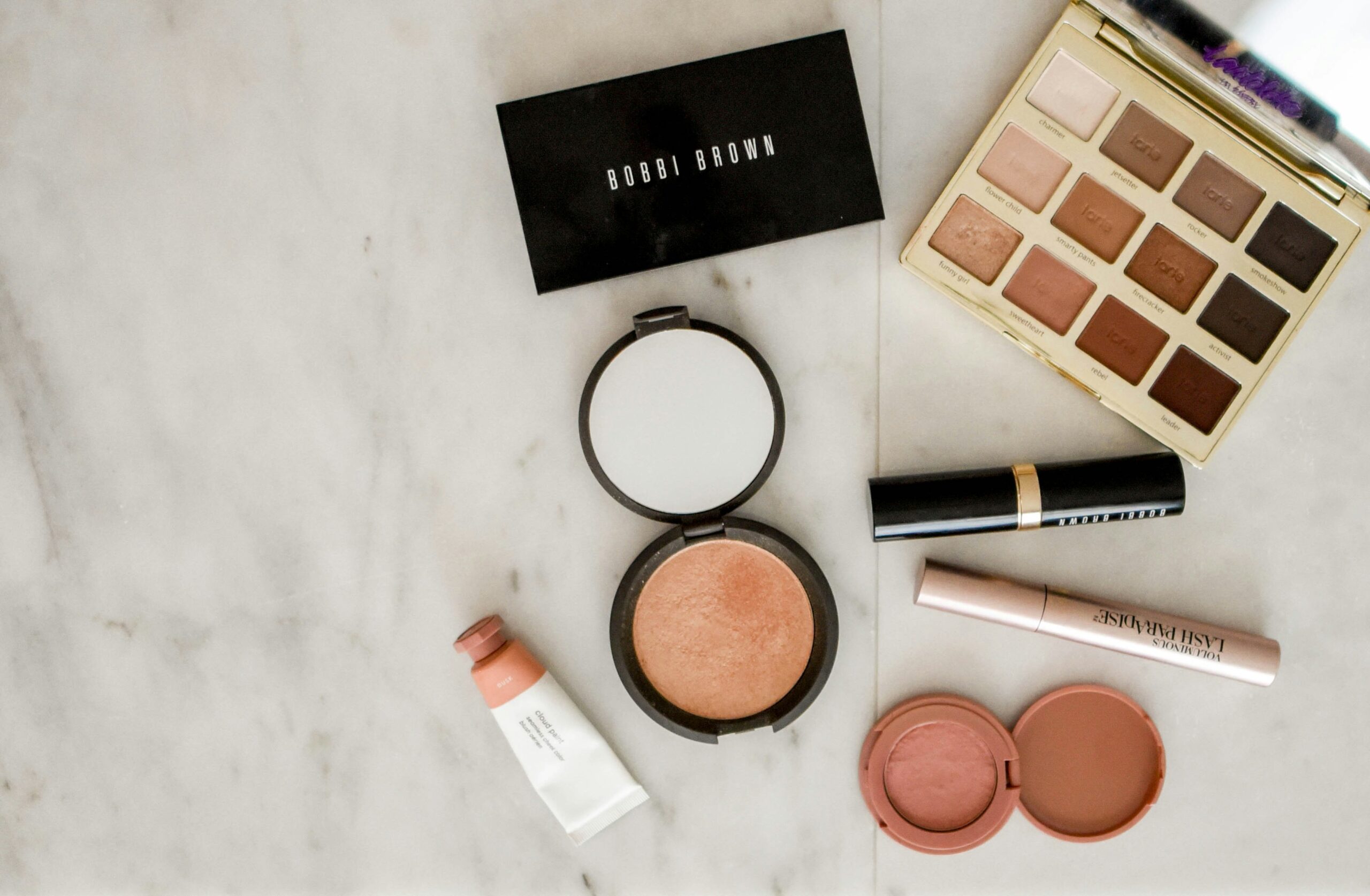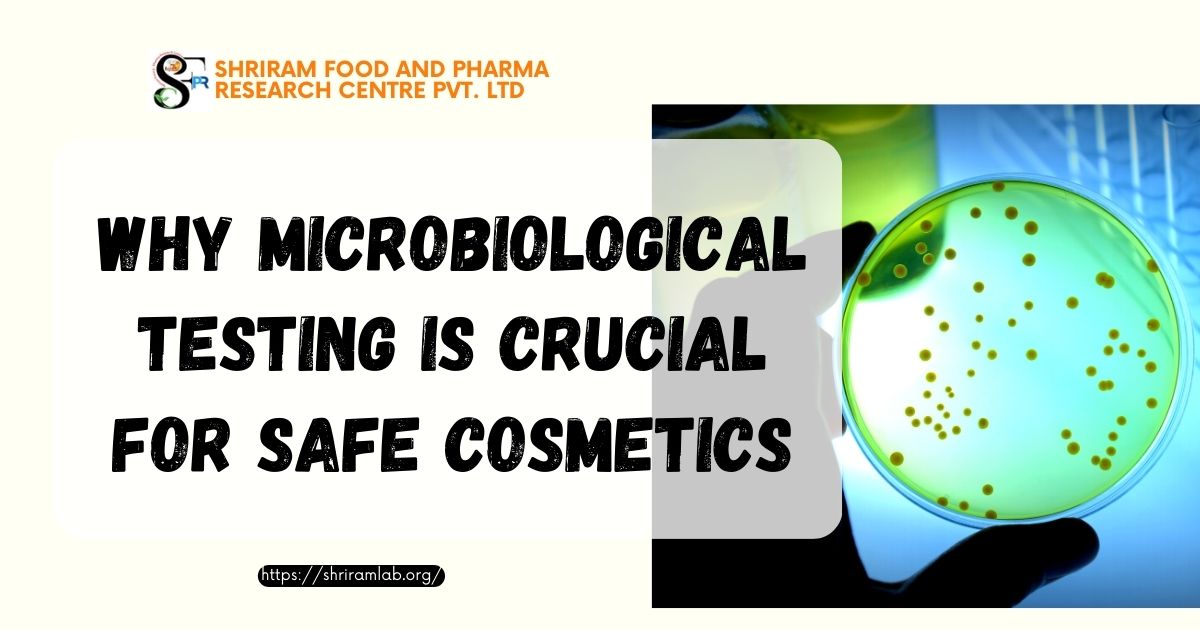The sun’s warmth can be invigorating, but its ultraviolet (UV) rays pose a significant health risk. Sunburns, premature aging, and even skin cancer can all be linked to excessive UV exposure. Thankfully, sunscreen provides a crucial layer of protection, but understanding its effectiveness starts with deciphering the all-important SPF (Sun Protection Factor) rating.
The Science Behind UV Rays:
The sun emits various types of radiation, including ultraviolet (UV) A and UV B rays. UVA rays penetrate deep into the skin, contributing to premature aging and wrinkles. UVB rays are shorter but more intense, causing sunburns and playing a role in skin cancer development.
How Does Sunscreen Work?
Sunscreen acts as a shield, absorbing or reflecting UV rays before they reach the skin. They typically contain two main types of ingredients:
- Chemical sunscreens: These absorb UV rays and convert them into heat, which is then released from the skin.
- Mineral sunscreens: These physically block UV rays from penetrating the skin using ingredients like zinc oxide and titanium dioxide.
Understanding the SPF Rating:
The SPF rating on a sunscreen label indicates its effectiveness in protecting against UVB rays, the primary cause of sunburns. Here’s how it works:
- Higher SPF: A higher SPF rating signifies greater protection against UVB rays. For example, an SPF 30 sunscreen allows only 1/30th of UVB rays to reach the skin, while an SPF 50 sunscreen allows only 1/50th.
- Not a Perfect Shield: No sunscreen offers complete protection. Even high SPF sunscreens don’t block all UVB rays, and they offer limited protection against UVA rays.
- Reapplication is Key: The SPF rating assumes proper application and reapplication every two hours, or more often if sweating or swimming.
Beyond the SPF:
While SPF is a crucial factor, it’s not the only one to consider when choosing sunscreen. Here are some additional points to keep in mind:
- Broad Spectrum Protection: Look for sunscreens labeled “broad spectrum” to ensure protection against both UVA and UVB rays.
- Water Resistance: Opt for water-resistant sunscreen if you plan on swimming or sweating. However, reapplication is still necessary after swimming or excessive sweating.
- Skin Type: Choose a sunscreen formulated for your skin type (oily, dry, sensitive) to avoid irritation.
Understanding SPF Testing:
The SPF rating of a sunscreen is determined by a standardized in-vitro test. Here’s a simplified breakdown:
- Simulated Sunlight: Skin cells are exposed to a controlled dose of UV radiation.
- Protection Measurement: The amount of UV radiation that reaches the protected cells (with sunscreen) is compared to unprotected cells.
- SPF Calculation: Based on the percentage of protection, the SPF rating is determined.
Beyond Standard Testing:
While in-vitro testing is essential, real-world conditions can affect sunscreen effectiveness. Factors like sweat, water exposure, and towel drying can reduce protection. Some manufacturers conduct additional water-resistance testing to assess the sunscreen’s performance under these conditions.
Conclusion:
Sun safety starts with understanding the science behind UV rays and sunscreens. By choosing a broad-spectrum sunscreen with an appropriate SPF rating for your needs, and reapplying regularly, you can significantly reduce your risk of sunburns and contribute to long-term skin health. Remember, sun protection is an ongoing commitment, and understanding SPF can empower you to make informed choices for a lifetime of sun safety.




